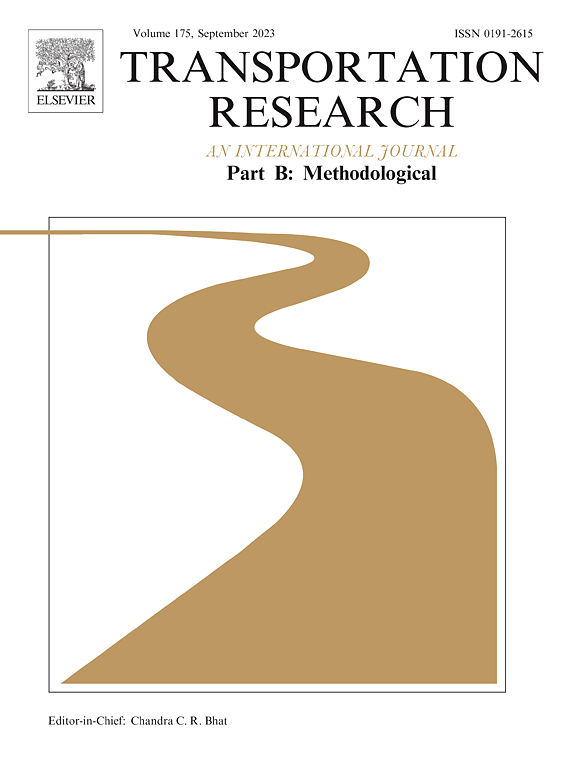Comparison of compact formulations for the electric vehicle routing problem
IF 6.3
1区 工程技术
Q1 ECONOMICS
引用次数: 0
Abstract
The electric vehicle routing problem is an extension of the capacitated vehicle routing problem, where en-route recharging needs to be addressed due to the limited driving range of electric vehicles. In this study, we compare four compact formulations that differ in the way they model the battery consumption. The first two formulations use Miller–Tucker–Zemlin’s approach, while the last two use single-commodity flows for this purpose. Within each approach, the two formulations have distinct ways of dealing with the fact that recharging stations may be visited more than once. In particular, two formulations make use of arcs that correspond to two-leg paths with a recharging station in the middle, whereas the other two formulations use copies of recharging stations, as suggested in the literature. We compare the linear programming bounds of these four formulations as well as the existing formulations from a theoretical point of view. Then, we analyze the performance of the new and existing formulations using six sets of benchmark instances. The computational results show that our formulations tighten the linear programming bounds and require less computation time to prove optimality.
电动汽车路径问题紧凑公式的比较
电动汽车路径问题是有容车辆路径问题的延伸,由于电动汽车行驶里程有限,需要解决途中充电问题。在这项研究中,我们比较了四种紧凑的配方,不同的方式,他们模拟电池消耗。前两个公式使用米勒-塔克-泽姆林的方法,而最后两个公式使用单一商品流来实现这一目的。在每一种方法中,这两种方案都有不同的方法来处理充电站可能被访问不止一次的事实。特别地,两种配方使用了两条腿路径对应的弧线,中间有一个充电站,而其他两种配方使用了充电站的副本,如文献中所建议的。我们从理论上比较了这四种表述的线性规划界以及现有表述的线性规划界。然后,我们使用六组基准实例分析了新公式和现有公式的性能。计算结果表明,我们的公式收紧了线性规划边界,证明最优性所需的计算时间较少。
本文章由计算机程序翻译,如有差异,请以英文原文为准。
求助全文
约1分钟内获得全文
求助全文
来源期刊
CiteScore
12.40
自引率
8.80%
发文量
143
审稿时长
14.1 weeks
期刊介绍:
Transportation Research: Part B publishes papers on all methodological aspects of the subject, particularly those that require mathematical analysis. The general theme of the journal is the development and solution of problems that are adequately motivated to deal with important aspects of the design and/or analysis of transportation systems. Areas covered include: traffic flow; design and analysis of transportation networks; control and scheduling; optimization; queuing theory; logistics; supply chains; development and application of statistical, econometric and mathematical models to address transportation problems; cost models; pricing and/or investment; traveler or shipper behavior; cost-benefit methodologies.

 求助内容:
求助内容: 应助结果提醒方式:
应助结果提醒方式:


